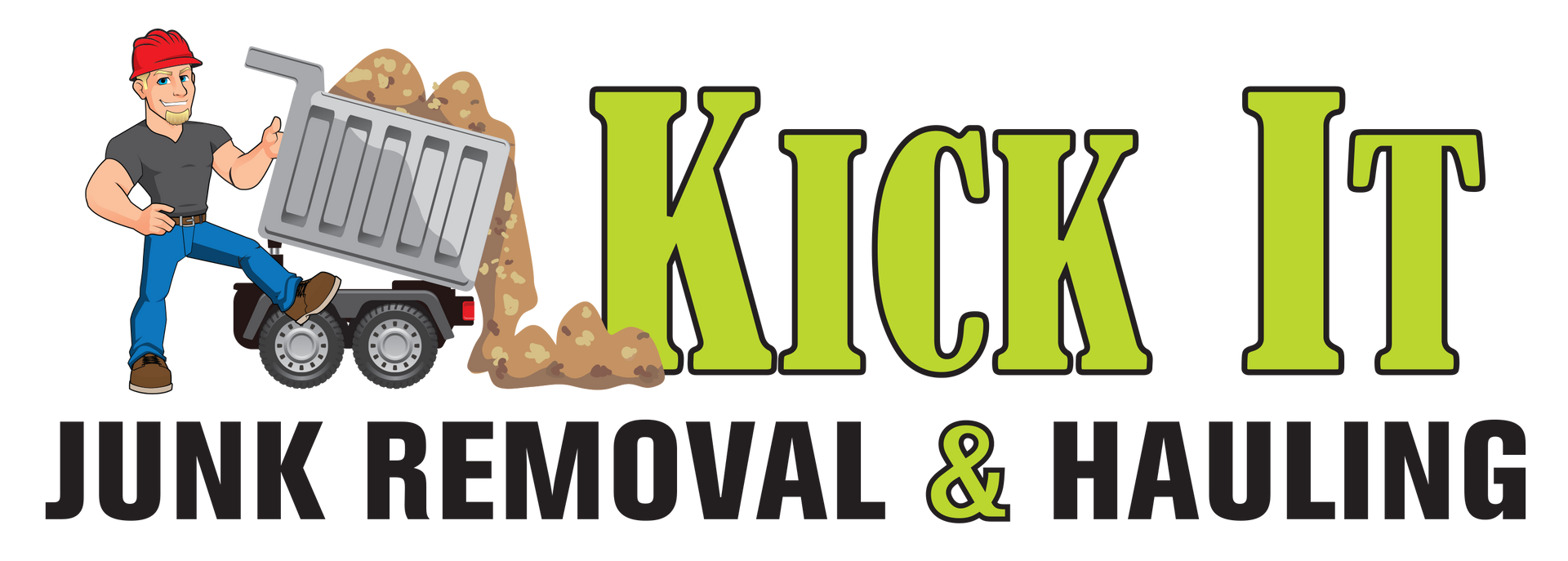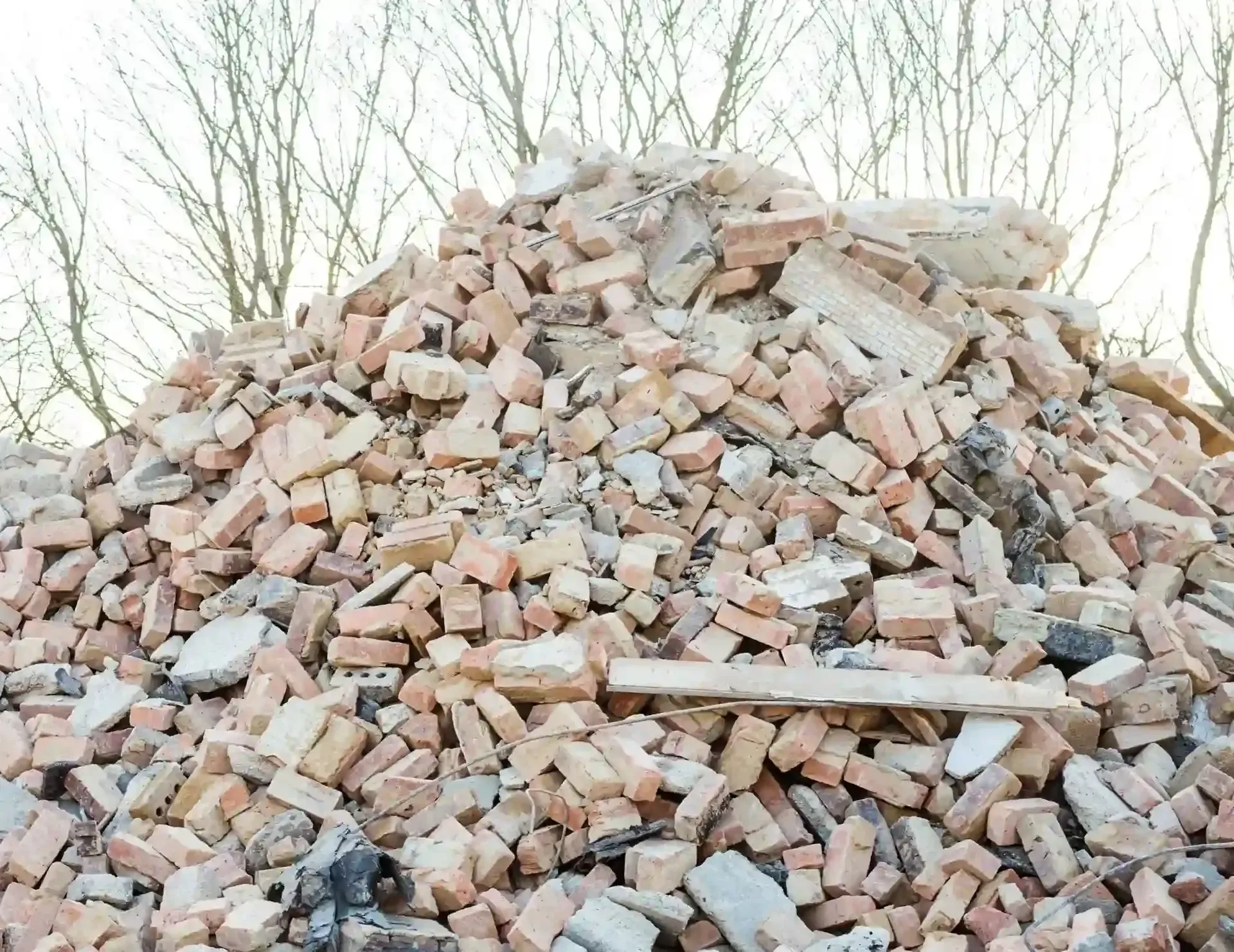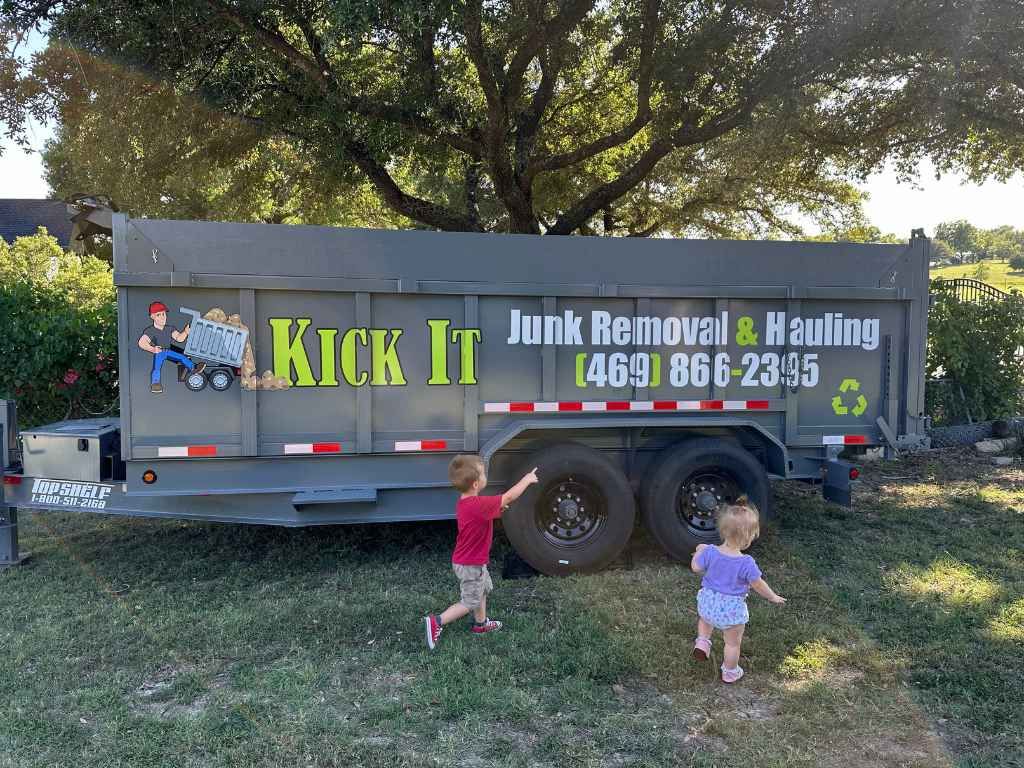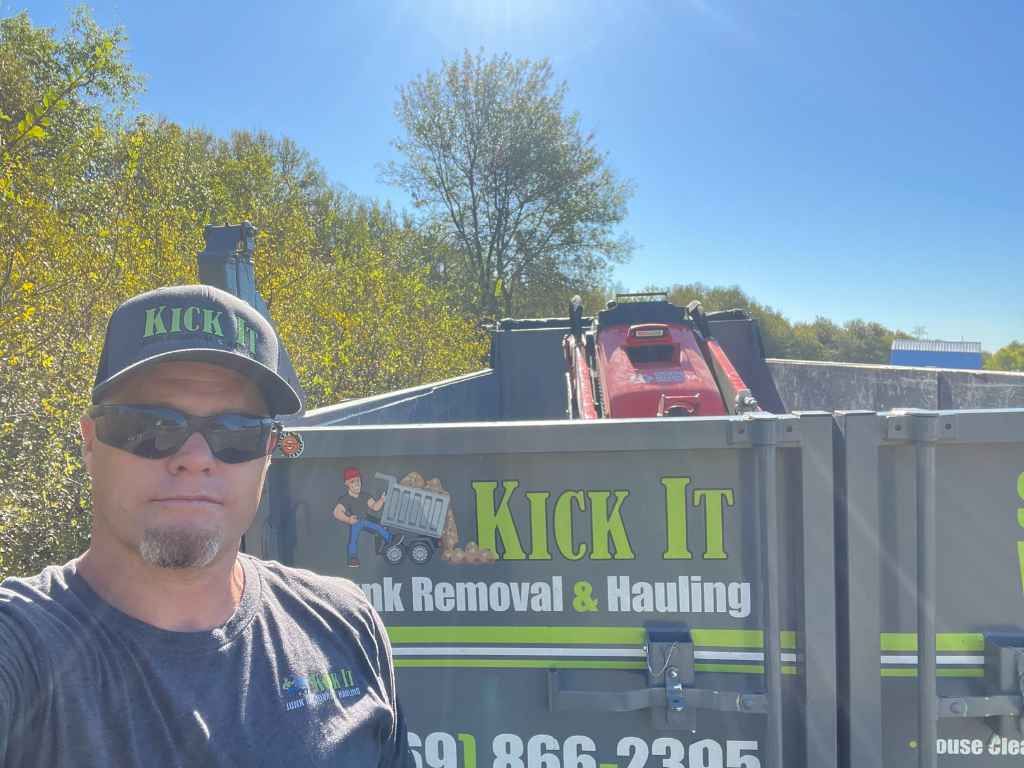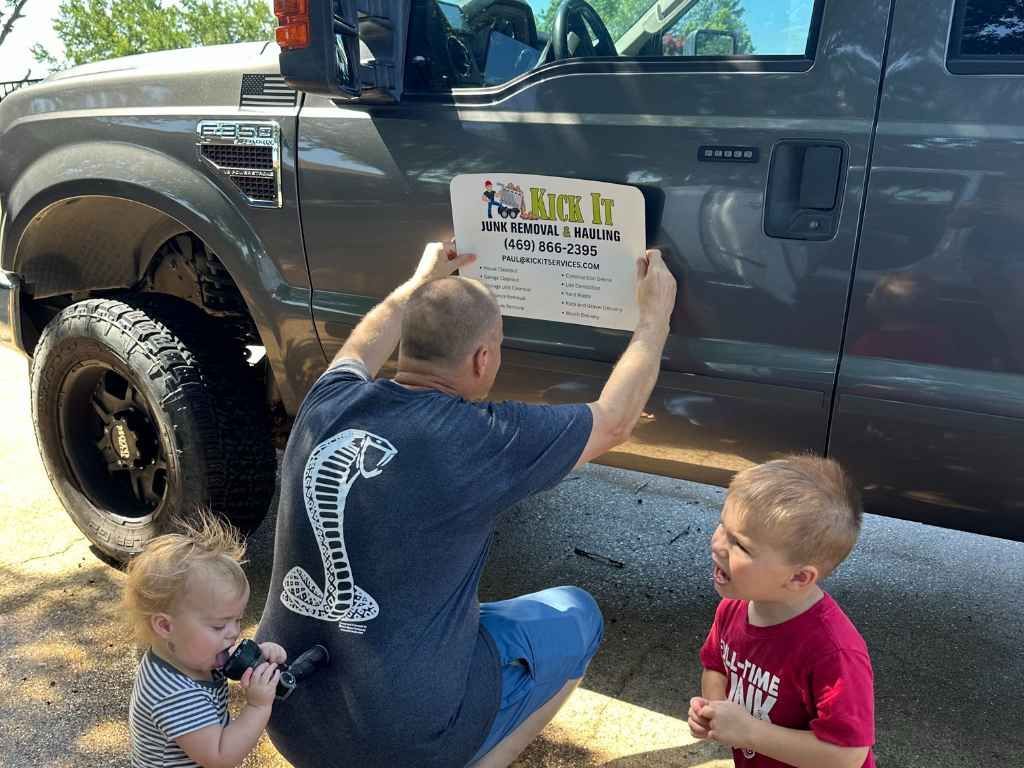What to Do with Excess Junk in Your Retail Store
Running a retail store is not just about selling products; it's about maintaining a space that reflects your brand, serves your customers efficiently, and ensures a smooth workflow for employees. However, retail businesses often face the issue of excess junk accumulating over time. From outdated display units to leftover packaging materials and even unsold items piling up in the back room, these cluttering elements can quickly become a problem. But what exactly should you do with this excess junk? Is it something you should ignore or address promptly?
Here’s a comprehensive guide to understanding the significance of tackling excess junk in your retail store and how to go about it. Whether you’re a store manager, owner, or someone responsible for the upkeep of retail space, the following tips will help you make better decisions on what to do with your excess inventory, materials, and other unwanted items.
The Hidden Costs of Clutter in Retail Spaces
Excess junk in retail stores may seem like a minor inconvenience at first glance. However, clutter and disorganization can create a ripple effect, impacting everything from your employees' productivity to the overall customer experience.
Negative Impact on Customer Experience
Imagine walking into a retail store where the aisles are obstructed by old furniture, piles of unsorted products, and an overall sense of disarray. Customers are less likely to feel comfortable in such an environment. Instead of browsing freely, they may be deterred by the lack of cleanliness and organization. A cluttered space can give off the impression that the store is unprofessional, which could deter repeat business and damage your brand’s reputation.

Reduced Employee Productivity
For employees, working in a cluttered environment can be mentally and physically draining. When your staff is constantly navigating around piles of junk or searching for lost inventory, it’s easy for productivity to decrease. Efficiency is key in retail, and any unnecessary hindrances to workflow can contribute to stress and lowered morale. Instead of focusing on important tasks, employees could be wasting time clearing debris or organizing misplaced items.
Safety Concerns
Excess junk often poses a safety risk. Whether it’s boxes blocking emergency exits or stray items cluttering up walkways, these obstacles could lead to accidents or injuries. When items are stacked inappropriately or left haphazardly, you risk the possibility of something falling on a customer or staff member. Not only does this endanger people, but it could also result in costly legal consequences and negative publicity.
Inefficient Use of Space
In retail, space is often at a premium. Storing excessive junk consumes valuable square footage that could be put to better use. A cluttered back room may limit your ability to store new inventory efficiently or even display products that customers are interested in. By optimizing your space and eliminating unnecessary items, you can open up room for more important stock or improve your store's layout.
Steps to Take in Managing Excess Junk
Dealing with excess junk requires a strategic approach. From assessing what needs to be discarded to deciding how to dispose of it, here are some steps to consider when tackling the clutter in your retail space.
Assess What Needs to Go
Start by taking inventory of the items that have accumulated over time. Walk through your store and storage areas, and identify what’s no longer necessary. This might include:
- Old, broken, or outdated display units
- Damaged or expired products
- Leftover packaging materials
- Overstocked items that no longer sell
- Excess signage or promotional material
Once you’ve identified what needs to go, prioritize these items. Are they taking up too much space? Are they adding to the clutter without serving a functional purpose? Once you’ve made these decisions, you can begin to develop a plan for disposing of them.
Reorganize and Declutter
For some items, simple reorganization can be an effective solution. Group like items together and categorize them based on their usability. For example, seasonal decorations might not be needed year-round but could be stored neatly in the back to make space for more essential products. Unused display shelves could be moved to a storage area or disposed of if they no longer serve their original purpose.
A thorough reorganization can provide a fresh perspective on how your space is being utilized. Sometimes, rearranging the layout of your store can not only make it appear less cluttered but also more inviting to customers. Try to create an easy flow where customers can navigate easily and find what they’re looking for without distractions.
Sell or Donate Unwanted Items
Rather than just throwing away excess stock, consider selling it off or donating it to a good cause. If you have inventory that’s simply not moving, try holding a clearance sale or offer bundles to move products quickly. For products that are in decent condition but won’t be sold in your store, donating them to local charities, shelters, or schools could be a win-win situation.
Donating items can also enhance your brand’s reputation as a socially responsible business. Customers often appreciate brands that give back to the community, and this can foster loyalty and goodwill toward your store.
Hire a Junk Removal Service
While reorganization and donations can certainly help, sometimes the best solution is to simply remove the excess junk entirely. Hiring a professional junk removal service is a quick and effective way to get rid of unwanted items without the hassle. These companies have the expertise and equipment to haul away large quantities of junk, ensuring that your store remains clean and clutter-free.
A junk removal service can save you time and effort, allowing your team to focus on other tasks. Whether you’re dealing with broken furniture, construction debris, or outdated signage, these services will take care of it for you.
Recycling
For certain items, such as packaging materials, electronic waste, or cardboard, recycling can be an environmentally responsible option. Instead of sending everything to a landfill, look into local recycling programs that can help you responsibly dispose of your junk. Recycling not only reduces your environmental footprint but also demonstrates your commitment to sustainability.
Repurpose and Reuse
Some items may still have value or functionality, even if they are no longer useful in their current form. If you have leftover materials or fixtures, consider whether they could be repurposed for new projects. For instance, old shelving units could be transformed into creative displays or used for storage in a back room. Repurposing items can help reduce waste and save money, making it a win-win solution for many businesses.
Establish a Regular Decluttering Schedule
Once you’ve successfully cleared out your excess junk, it’s essential to maintain a clutter-free environment. Set up a regular schedule for decluttering your store, perhaps once a month or every few weeks. Encourage your employees to follow the same principles of organization, ensuring that items are properly stored and waste is regularly removed. This ongoing maintenance can help you avoid the accumulation of junk in the future.
Managing Excess Junk in Your Retail Store and Keeping It Organized
Retail stores often struggle with excess junk, which can range from broken displays to outdated inventory. This clutter, if not managed properly, leads to disorganization, which ultimately affects both employees and customers. Maintaining an organized retail space is key to ensuring that products are easily accessible and the store looks professional. By periodically assessing what needs to go and organizing what remains, you create an environment that promotes better productivity and a positive shopping experience for customers.
If you’re dealing with too much unwanted clutter, there are simple steps you can take to address it. Start by identifying what’s taking up unnecessary space and evaluate whether these items can be repurposed, sold, or donated. In many cases, hiring a junk removal service for fast and efficient clearing can drastically improve the store’s appearance. This quick solution not only saves time but also ensures a clutter-free space that fosters a productive work atmosphere and a welcoming environment for shoppers.
Practical Tips for Clearing Clutter from Your Retail Store
Excess junk in a retail store can pile up quickly, but it doesn’t have to stay there for long. Managing and clearing this clutter helps you create a clean, safe environment that makes shopping enjoyable for customers. Whether it's damaged display units, overstocked products, or excess packaging, these items can slow down operations. Organizing and removing unnecessary items ensures your store is easy to navigate, allowing customers to shop without distractions and employees to work more efficiently.
When tackling excess junk, a well-thought-out plan can make all the difference. Consider donating unsold inventory, repurposing unused displays, or hiring a junk removal service to handle large items. By incorporating recycling and regular decluttering practices, you’ll prevent future clutter from building up.
Conclusion
In a retail environment, maintaining a clean, organized, and safe space is essential to providing an exceptional customer experience. Excess junk not only creates a negative atmosphere but also leads to inefficiencies, safety concerns, and wasted space. By taking proactive steps to assess, organize, dispose of, and recycle unwanted items, you can keep your retail space clutter-free and functional.
If you find yourself struggling with excess junk in your store and need a fast, reliable solution, professional junk removal services can help. Kick It Junk Removal & Hauling offers a hassle-free junk removal service for retail stores, helping you reclaim your space and maintain a professional, organized environment. Located at 14339 Stanley Lane, Forney, Texas, Kick It Junk Removal & Hauling is ready to assist with any junk removal needs. For more information, contact Paul at 469-866-2395 or email Paul@kickitservices.com.
